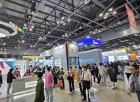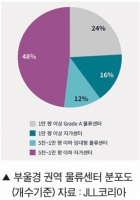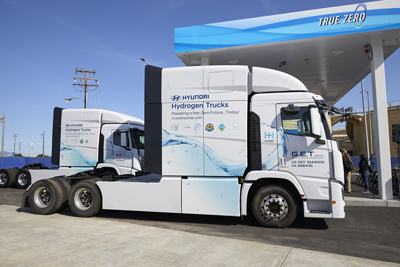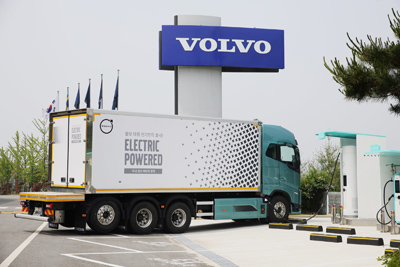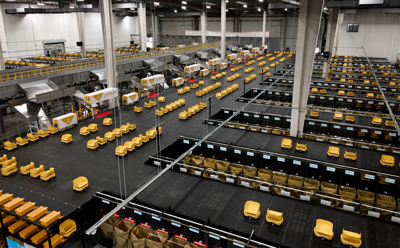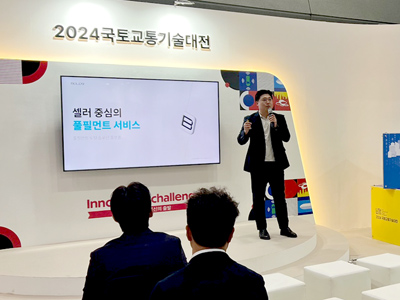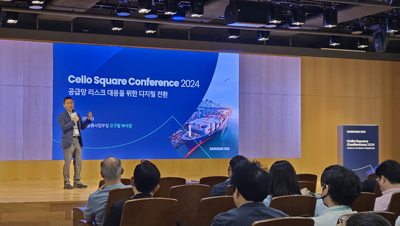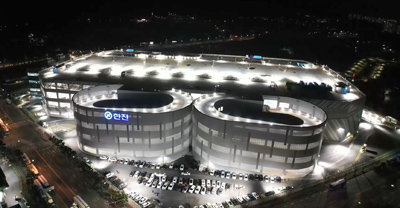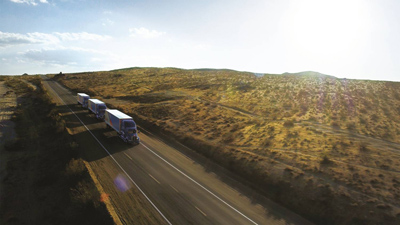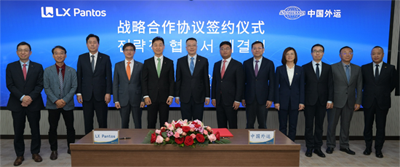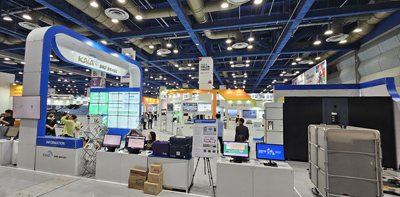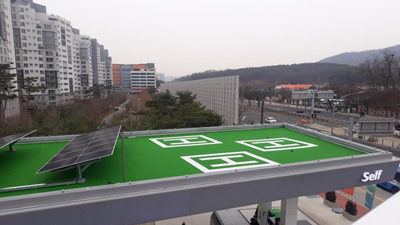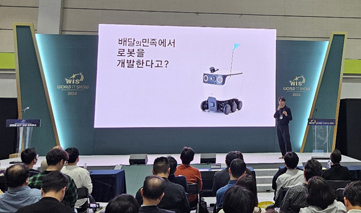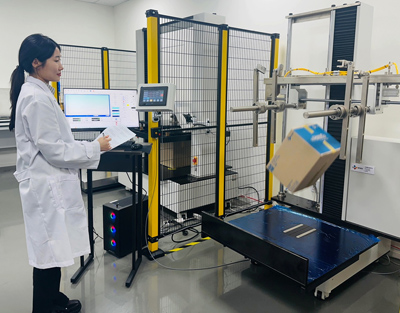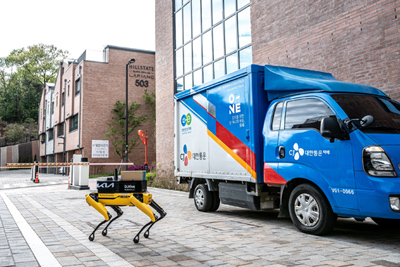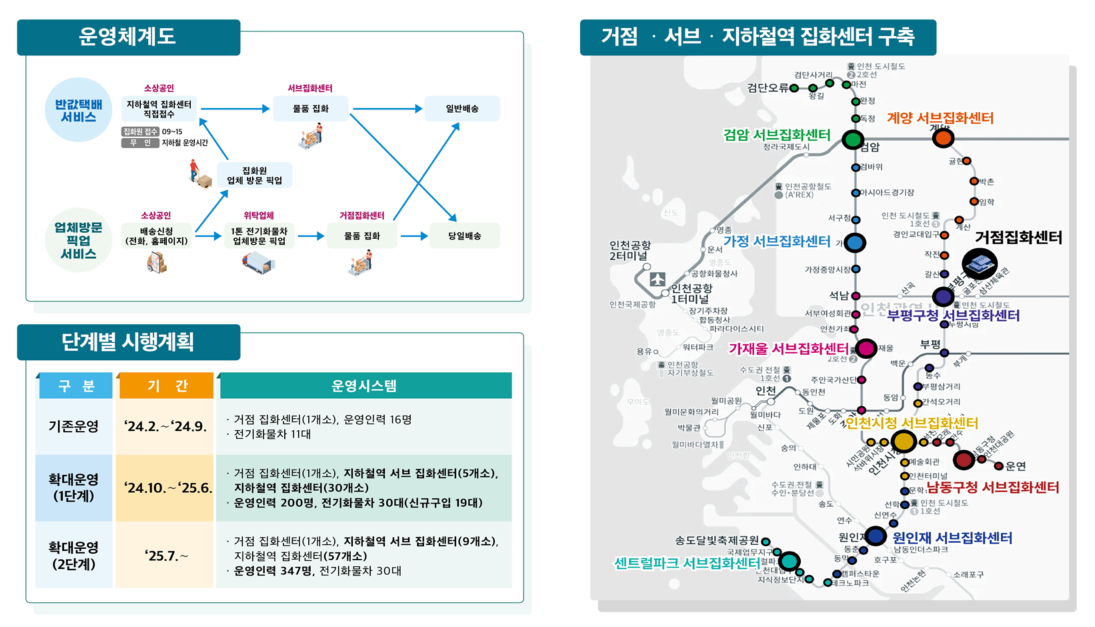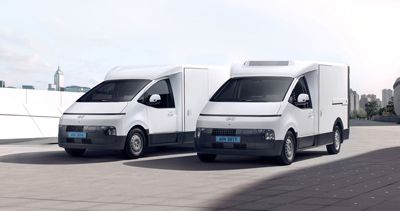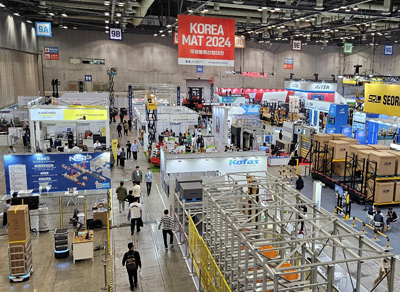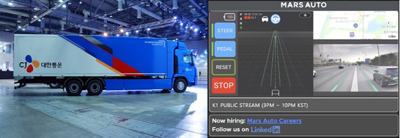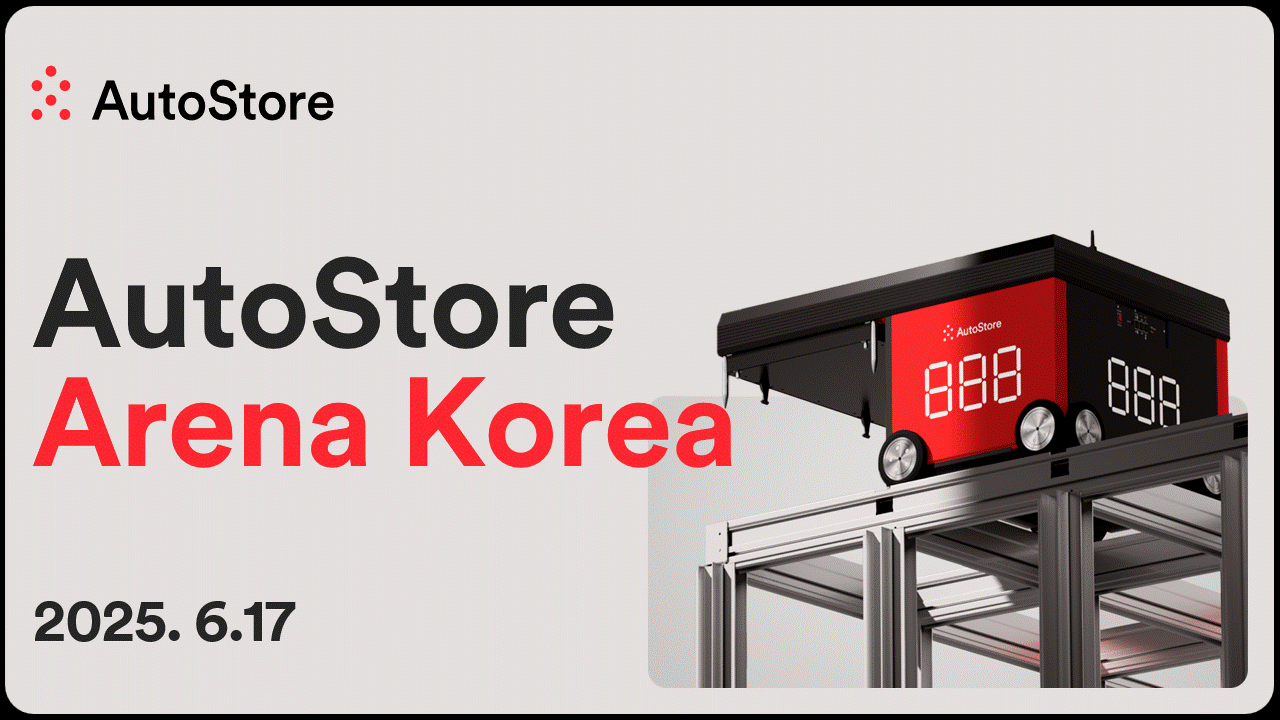| ASETECH / Understanding the current state of logistics is a prerequisite for the successful introduction of logistics automation equipment | |



|
|
|
|
|
|
Understanding the current state of logistics is a prerequisite for the successful introduction of logistics automation equipment Simulation verification strengthens trust in logistics facilities 2024/04  ASETECH held a seminar on 'Present and Future of Logistics Automation Technology, Application and Implementation' on the 7th of last month. The seminar introduced robotics and automation as future trends in e-commerce, and how to build optimal logistics automation according to the characteristics of each industry. Kang Hee-seok, executive director of ASETECH, said that it is important to analyze the logistics status before building logistics automation. First of all, when building a new logistics center considering the volume of goods based on the current logistics center equipment and facilities, it is necessary to review whether it is reasonable to introduce new logistics equipment based on the productivity analysis of logistics facilities. In addition, the number of new logistics facilities required is calculated based on the productivity analysis of logistics facilities considering the mid- to long-term volume growth. Kepa calculation is done through volume and worker analysis, i.e., demand forecasting, peak volume, ABC analysis, pattern analysis, and worker analysis such as the required number of workers per area. Then, the necessary facilities for each process from warehousing to shipping are reviewed and the layout is designed. The determined logistics facility must be verified for its capacity. The layout is verified by reflecting time, personnel, facilities, and the logistics process before and after, and the actual operation is also examined by reflecting the picking method. “These are essential steps to build a successful logistics automation facility,” said Kang Hee-seok. After the logistics facility is implemented, the simulation can be used to check the process and solve any problems. For example, to ensure that the inspection line is staffed with the right number of people, we measure the utilization rate of packing stations through packing station staffing modeling, exclude those with low utilization rates, and verify them in simulation. In addition, in the case of inventory placement, inventory is placed in various cases at the DPS Station and the most efficient placement is found after running the simulation. By simulating various situations, it can be seen that inventory placement has a significant impact on the completion time. “Simulation verification allows us to increase confidence in our logistics facilities,” said Hee-seok Kang. Autostore operates at more than 1,400 logistics sites around the world 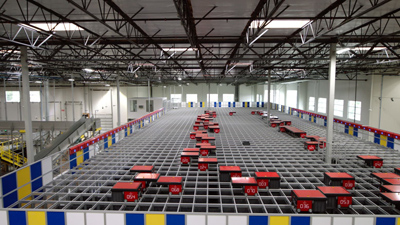 Mr. Kyungsoo Kim, CEO of Autostore, introduced a representative global deployment case of Autostore. As of the end of 2023, 65,000 robots were in operation at more than 1,400 logistics sites around the world, including e-commerce, apparel, electronics, groceries, and parts. In Korea, the robots were deployed at 26 sites by last year, starting with Shin Ramyun stores in 2013, and the company is targeting 35 to 40 sites by the end of this year. “Autostore is a system that can be used by small and medium-sized enterprises to large enterprises by maximizing the storage density of cube storage, quick installation and flexible expansion regardless of the size of the warehouse,” said Kim Kyung-soo. There are many companies around the world that are seeing great benefits from using Autostore. Benetton chose Autostore because it realized that in order to deliver to customers quickly and accurately, it needed to introduce logistics automation to make picking more efficient and flexible by reducing picking times and streamlining space in its warehouses. Benetton chose Autostore because it can be implemented in existing warehouses without disrupting operations and is highly scalable for future volume growth. Benetton's Autostore consists of 60,000 bins, 53 robots, and 12 ports. It currently fulfills 15,000 order lines in 12 hours for more than 60,000 SKUs. Benetton has tripled its storage capacity and doubled its efficiency with Autostore. The process can now run on demand, and orders placed up to an hour before closing time can be delivered the same day. Worker travel time is minimized and safety is improved. Benetton has room to add 70,000 more bins to accommodate future volume growth. Czech online grocer Rohlik introduced autostores at its automated fulfillment centers to cope with increased customer orders. Rohlik's regional fulfillment centers handle a wide range of products, including local produce and seafood, ordered through its website and mobile app for same-day or express delivery. The most important considerations for Rolik were to be able to deliver large volumes of orders in a matter of hours, maintain consistent delivery quality and accuracy, and replenish inventory seamlessly. Rolik implemented an autostore with 150,000 bins, 700 robots, and 100 ports across eight logistics sites, fulfilling 12,000 orders per day. Best Buy was facing picking challenges due to the explosive growth of e-commerce. Best Buy implemented Autostore with 150,000 bins and 195 robots at five RDCs and 30,000 bins and 73 robots at three MDCs. This enables next-day delivery to 50 million customers in the core U.S. region. “The Autostore is a high-throughput system that allows each operator to process 650 lines per hour, dramatically increasing our storage capacity and reducing our site costs, so demand continues to grow globally,” said Kim. “With the Grid Desinger tool, we can design down to the bolt with standard parts and automatically generate a bill of materials, ensuring that the design and cost are accurate and the project runs smoothly.” <Copyright ⓒ Monthly Logistics Magazine (www.ulogistics.co.kr) All rights reserved>
|





| 
|




